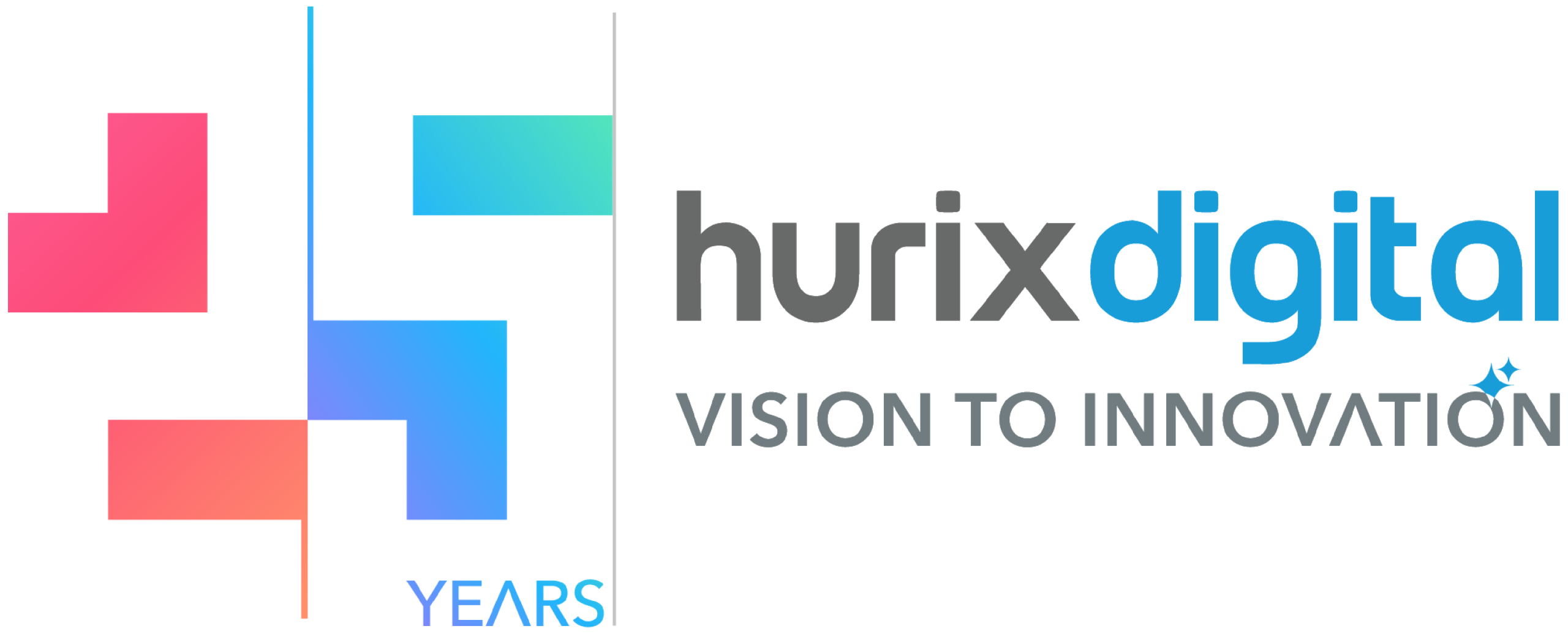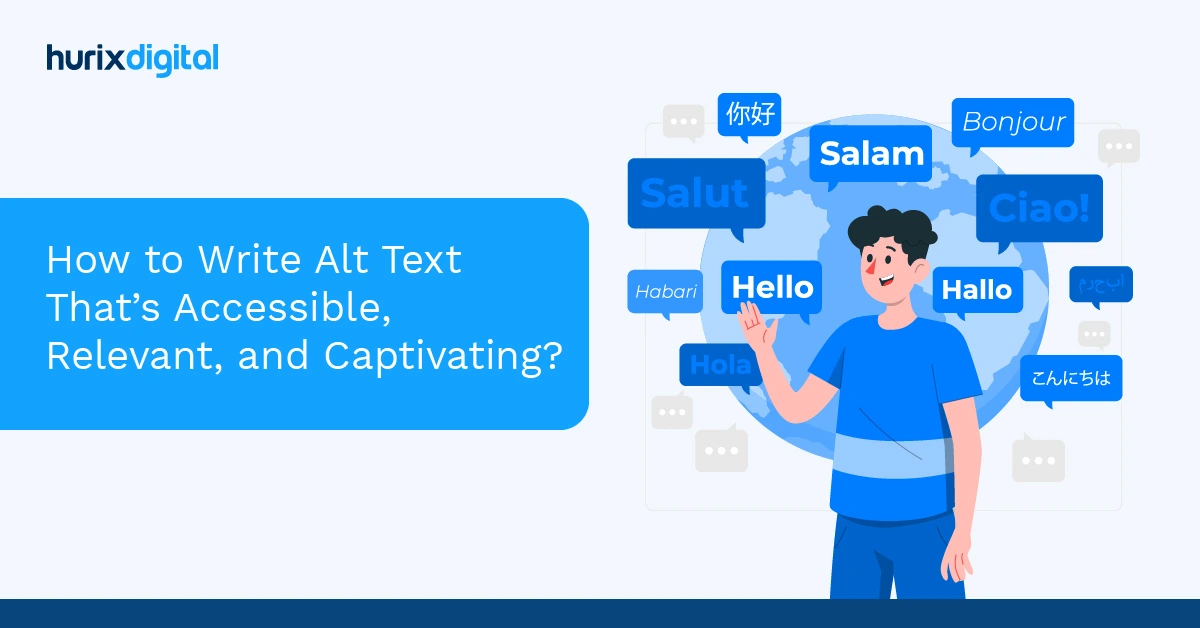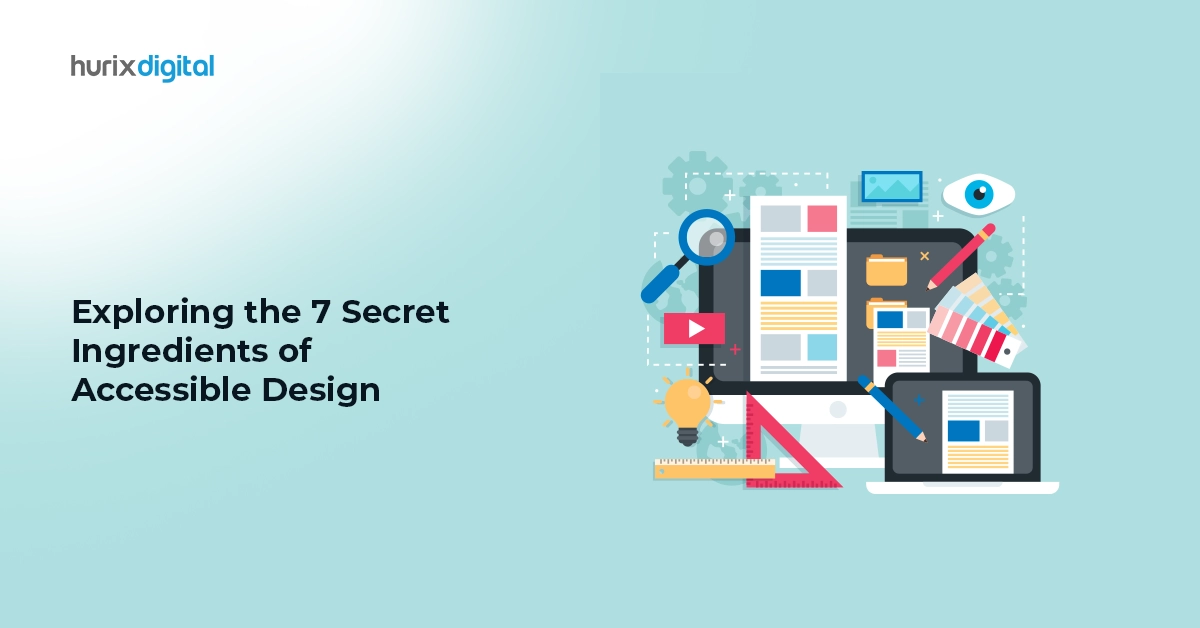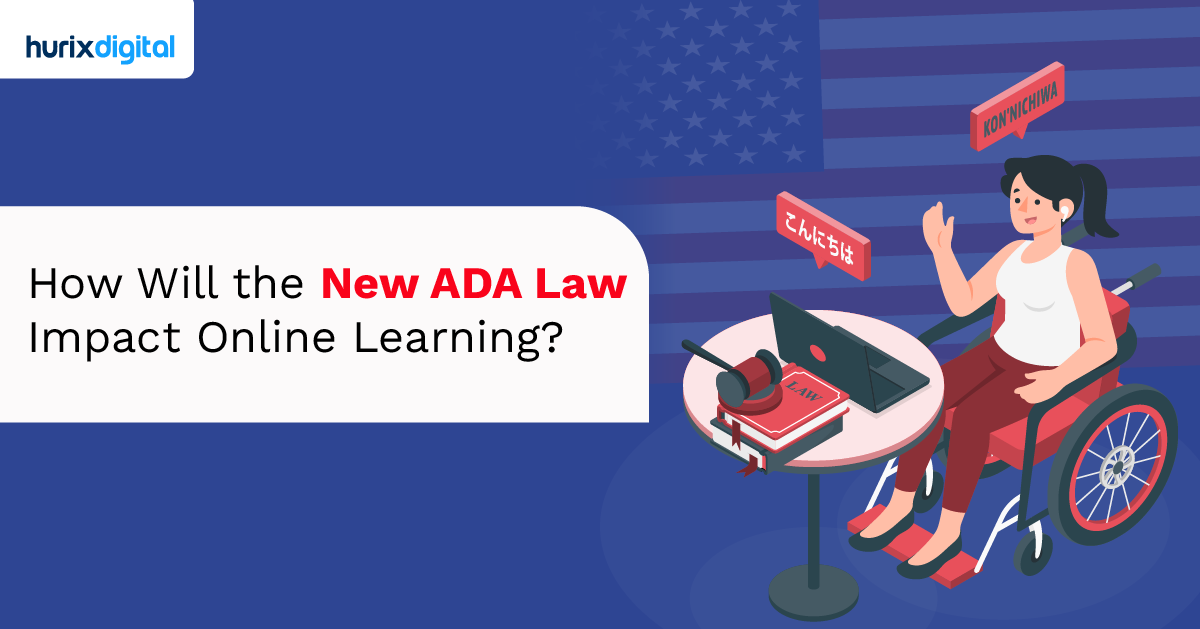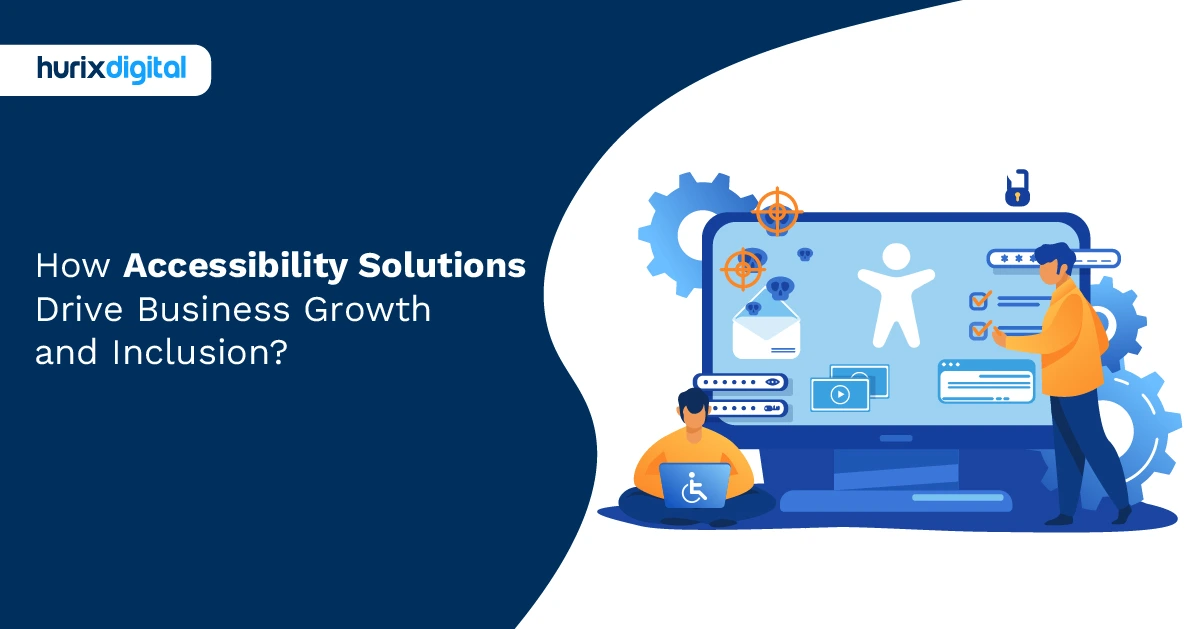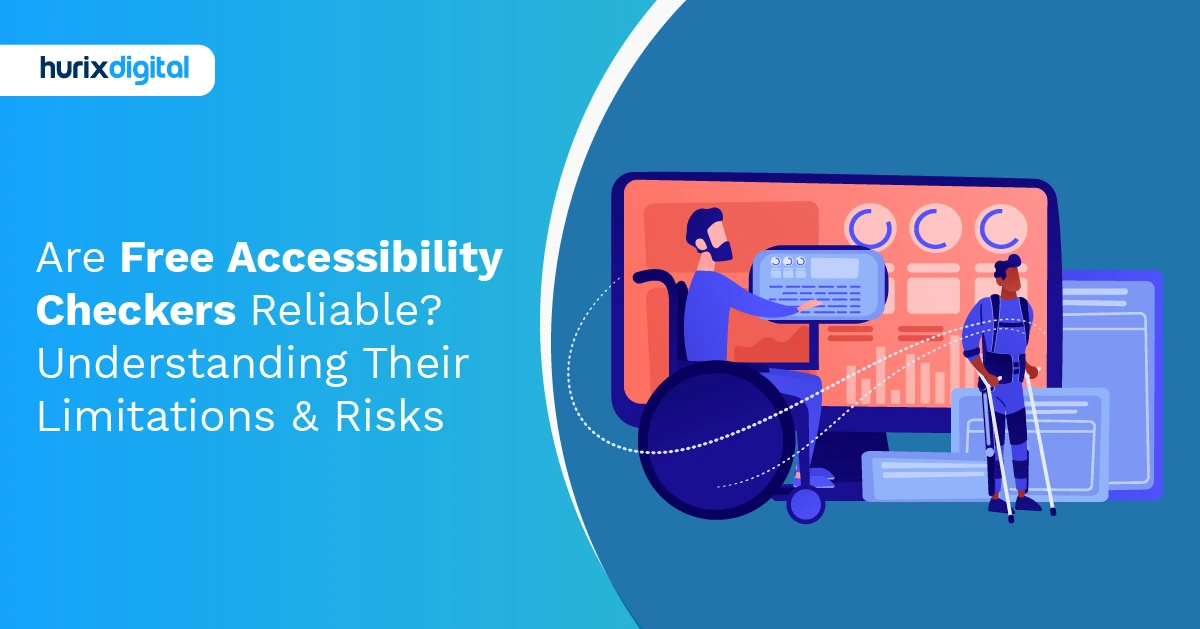
Gokulnath B
July 17, 2025
Are Free Accessibility Checkers Reliable? Understanding Their Limitations & Risks
Summarize with:
Table of Contents:
- What Limitations Do Free Checkers Have in Identifying Accessibility Barriers?
- How Accurate Are Free Accessibility Checkers Compared to Manual Audits?
- Can Free Checkers Guarantee WCAG Compliance or Legal Protection?
- What Common Accessibility Issues Do Free Checkers Often Miss?
- How Can I Integrate Free Checkers Into My Development Workflow?
- Are There Hidden Costs Associated With Relying Solely on Free Tools?
- What Alternatives Exist if Free Checkers Are Insufficient for My Needs?
- How Do Free Tools Handle Dynamic Content and Complex Web Applications?
- How to Evaluate the Credibility of a Free Web Accessibility Checker?
- A Final Word
What Limitations Do Free Checkers Have in Identifying Accessibility Barriers?
Now, let’s talk about free accessibility checkers. They’re handy, right? Like that quick spellcheck before you hit send on an email. But relying on them alone to make a website accessible? That’s where things get tricky. Think about this: most of these checkers are really just looking horizontally (at the code level). They can detect issues such as incomplete alt text on images, which is good. It is a loud whisper that something should be fixed. But accessibility is so much more than just meeting coding standards. It’s about user experience. For instance, a free checker might flag a low contrast ratio between text and background. Great! But will it tell you if that color combination also happens to be visually jarring or triggers a migraine for someone with photosensitivity? Nope. That’s where a human comes in, ideally someone with disabilities themselves.How Accurate Are Free Accessibility Checkers Compared to Manual Audits?
Okay, let us be realistic about these free accessibility checkers. We have all done it: punched in a URL on a web browser, crossed our fingers, and hoped that the site would pass the test. They are a good place to start, but they are like replacing a copy editor with a spell-checker tool. No doubt, it will pick the obvious stuff. For example, these tools are usually pretty good at identifying missing alt text on images. Or spotting color contrast issues that scream out for attention. That’s helpful, no doubt. But accessibility is much more than just alt text and contrast. We once helped a small-town museum launch its new website. At the end of the grind, a free accessibility checker flashed a green light-green, as in you did it, people! We high-fived, then asked a blind visitor, who browses with a screen reader, to try it out. The bravado vanished. Headings were piled in the wrong order, ARIA tags (more on this later) were either skipped or slapped on wrong, and the whole site ended up acting more like a wall than a doorway.Need for Manual Audits
That’s where manual audits come in. Think of a manual audit as a deep dive conducted by someone who actually understands how people with disabilities use assistive technologies. A skilled auditor can identify things like logical focus order, keyboard navigation problems, and whether interactive elements are properly labeled for screen readers. They can also assess if the content is written in plain language and is easily understandable. A handy free checker can be tempting, but that little green light it gives you is only lipstick on a pig. The tool might slap the word ACCESSIBLE on your report card while real people with disabilities bang their heads against the screen. Usability, bluntly put, is the final exam, and everything else is practice. You can use automated audits if you like, but be sure to finish with a hands-on review. Doing it that way feels decent in your gut and pays off when customers decide your brand is worth a second click.Can Free Checkers Guarantee WCAG Compliance or Legal Protection?
To be honest, the answer is a NO. See, relying only on a free checker for compliance is one of the beginner mistakes an organization can make. Web Content Accessibility Guidelines (WCAG) compliance is not a simple checklist. Many of its most critical success criteria are interpretive and require human judgment. Consider a criterion like “2.4.6 Headings and Labels,” which states they must “describe topic or purpose.” An automated tool can confirm that you have used a heading tag. It cannot, for the life of it, understand whether the text inside that heading accurately describes the content that follows. Compliance is about providing an equitable and functional experience, not just having the right tags in your code. Legally speaking, a spotless printout from a no-cost checker won’t save you in court. Many lawyers will call it window-dressing and warn you that waving it around can show you never dug any deeper. Courts dealing with the Americans with Disabilities Act (ADA) watch for good-faith moves, not for polished paper trails. Meaningful progress shows up in several places: written policy, team training, and hands-on testing. Think of it this way: free checkers are like that friend who offers to proofread your novel and only catches the typos. Helpful, sure, but you still need a professional editor to catch the deeper flaws. Accessibility is the same deal. Use the free tools, but don’t let them lull you into a false sense of security. The real work, the meaningful work, requires a human touch.What Common Accessibility Issues Do Free Checkers Often Miss?
The list of what free checkers miss is long and varied. These aren’t edge cases; they are issues that create serious barriers for users every day. This list should keep you up at night if you’re managing risk.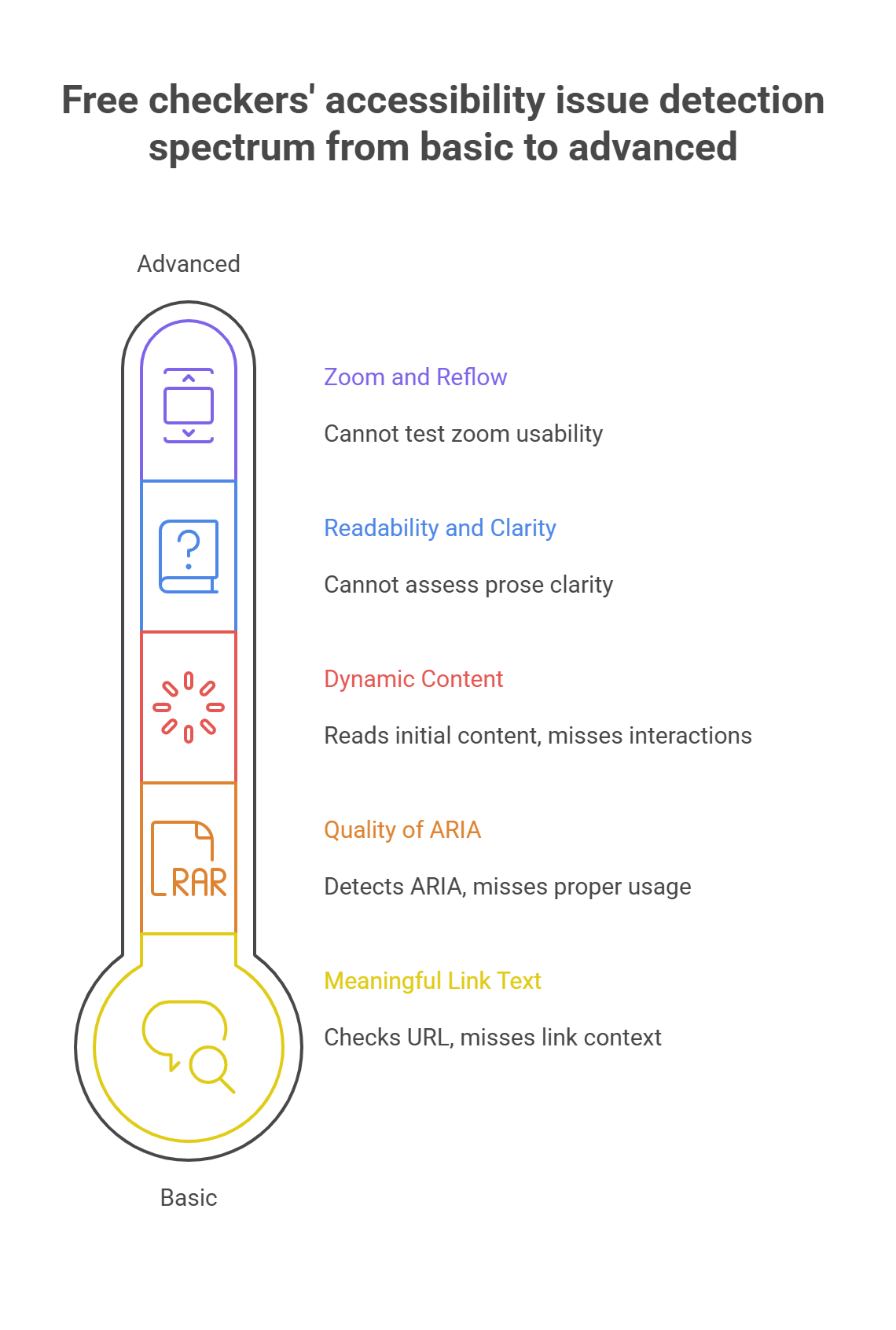 Here are five big ones:
Here are five big ones:
1. Meaningful Link Text
Most website checkers hardly blink at the words behind a link; they focus on the URL itself. Good links say, “Read the guide on protecting your data” but lazy ones say, “Click here” or “Learn more.” Since screen reader users often hop from link to link, that single clear sentence can spare them a guess. When the words inside the link match the promise of the page, a busy listener already knows what comes next.2. Quality of ARIA Implementation
ARIA (Accessible Rich Internet Applications) is a set of attributes you can add to your code to make modern, dynamic web apps accessible. A checker knows that there is an ARIA attribute there, but doesn’t know whether they are used properly. Wrongly used ARIA may, in fact, render a website less accessible than one without ARIA. It can produce noise and confusion for users of assistive technology.3. Handling of Dynamic Content
Picture the little red reminders that flash beside a form field, or the way new results slide onto the screen, sometimes topped by a pop-up that seems to appear out of nowhere. Most free checkers only read what shows up the very first time the page loads and stop paying attention the second you click or tap. Shockingly, the biggest accessibility headaches often crop up in those very interactions.4. Readability and Clarity
Is your writing in simple words? Does it have a structure that is easy to follow? This is at the center of accessibility, in particular among cognitively impaired users. No automated tool can assess the clarity of your prose.5. Zoom and Reflow
Can a user zoom in on your page to 300% without the text becoming garbled or forcing them to swipe their screen right-to-left just to read a sentence? A tool can’t easily test this practical usability issue.How Can I Integrate Free Checkers Into My Development Workflow?
Dropping a free checker into your code pipeline is a smart first step. Honestly, spotting problems early saves a whole lot of late-night panic. Trust me, a quick pass with a checker packs a lot of peace of mind. The key is integration. Don’t just run them ad-hoc. Make them part of your flow. My favorite approach? Git hooks. Specifically, pre-commit hooks. This means that every time you try to commit code, the checker runs. If it finds something amiss, the commit is blocked. Yeah, it can be annoying at first. A little nag, even. But trust me, you’ll start writing cleaner code just to avoid the hassle. And you know what’s the beauty of these free checkers? You can experiment. Test some out and see what works. Don’t be scared to drop one that is not working to your advantage. It is not about some best practices to follow but about a proper match with your way of life and work. And don’t forget, it is not about perfection. It is about incrementally improving your code, incrementally upping how reliable it is, commit by commit.Are There Hidden Costs Associated With Relying Solely on Free Tools?
The sticker price might be zero, but the real costs? They add up fast. Start with the obvious: lawsuits. A single accessibility lawsuit will cost you a few thousand dollars to settle, assuming you avoid trial. Trial costs can escalate significantly more. Your free checker won’t testify on your behalf. Plaintiffs’ attorneys know the limitations of these tools and specifically look for issues they miss. Lost customers hurt more than lawsuits. Here’s math most executives miss: People with disabilities represent a $13 trillion global market. When your “accessible” site actually isn’t, you’re not just losing one customer. People with disabilities talk to each other. They share which companies actually work with screen readers, which ones just pretend to care. Bad accessibility reviews spread through disability communities like wildfire. Then there’s the development debt. You launch with a free-checker-approved site. Six months later, real users report problems. Now you’re retrofitting accessibility into a live product—always more expensive than building it right initially. Your developers are patching JavaScript instead of writing new features. Your designers are reworking interfaces that seemed fine to automated tools. We are not saying that free tools are bad now. The trick is being realistic about what you need and including possible hidden expenses. Become informed, read the small print, and don’t be afraid to spend a good dime on something that will really save you money and pain in the long term. There are good things in life that are not free but worth being paid for.What Alternatives Exist if Free Checkers Are Insufficient for My Needs?
Okay, so you’ve hit that wall. You’ve tried the free checkers. They’re okay for catching typos, maybe a little grammar, but they just aren’t cutting it. What’s next? Well, it depends on what’s lacking. When I was starting out, I thought free tools were fine until my professor ripped apart a paper, not for ideas but for awkward phrasing. That’s when I realized I needed more than a basic grammar check. One solid step up is a premium grammar tool. These aren’t just about spelling; they delve into style, clarity, and consistency. Think of Grammarly Premium or ProWritingAid. They offer more in-depth suggestions and explanations, which are crucial for learning. It’s like having a writing coach whispering in your ear, “Maybe try this instead.”How Do Free Tools Handle Dynamic Content and Complex Web Applications?
Modern web apps are like jazz performances—constantly improvising. Free accessibility checkers? They’re reading sheet music from 1995. Picture this: Your legal team just forwarded you another accessibility lawsuit. The plaintiff claims your website excluded them from essential services. Your first thought? “But we ran it through that free checker last month.” If this scenario keeps you up at night, you’re asking the right questions. Free accessibility checkers promise a lot, but understanding their real capabilities—and limitations—can mean the difference between genuine inclusion and expensive litigation.How to Evaluate the Credibility of a Free Web Accessibility Checker?
Not all free checkers are created equal. Some run on outdated engines, others push marketing as “complete solutions.” The credibility of these tools can be evaluated on these five key factors:- Open Source or Transparent Engine: Tools built on well-known engines—Axe by Deque, WAVE by WebAIM, pa11y—carry trust. Their codebases are scrutinized by the community.
- Update Frequency: Credible tools update at least quarterly to align with evolving WCAG drafts or emerging ARIA practices. An update cadence visible on release notes or GitHub assures you the tool tracks standards, not stale checks from two years ago.
- Case Studies and References: Search for organizations publicly citing the tool. Universities, non-profits, or large corporations trusting it suggests reliability. Avoid tools with zero online footprint or only testimonials on their homepage.
- Security and Privacy: Free web scanners that upload URLs or HTML snippets warrant privacy scrutiny. Credible providers promise no data retention beyond scans. Look for clear privacy policies, optional local scans, or self-hosted CLI tools.
- Independent Reviews: Search developer blogs, accessibility communities, or peer-review sites. Unbiased feedback highlights strengths and shortcomings. Tools strongly marketed but heavily criticized by independent voices merit caution.
A Final Word
A free web accessibility checker can be a good place to start, but it should not be used as the ultimate solution. While they catch surface-level issues like missing alt text or contrast problems, genuine accessibility requires understanding how real people navigate your digital properties. Smart companies start by using tools to check their websites. Then, they do manual audits and get expert advice to find deeper issues. This helps fix confusing navigation and incorrect ARIA tags that make the user experience worse worsen the user experience. At Hurix Digital, we have spent years bridging the divide between automated testing and meaningful accessibility. Our full range of accessibility services integrates cutting-edge testing strategies with human acumen to ensure your digital asset will work for everyone. Ready to make your digital assets accessible to all users? Connect with our accessibility experts to discover how we can transform your accessibility approach from reactive fixes to proactive excellence.Summarize with:

Vice President – Content Transformation at HurixDigital, based in Chennai. With nearly 20 years in digital content, he leads large-scale transformation and accessibility initiatives. A frequent presenter (e.g., London Book Fair 2025), Gokulnath drives AI-powered publishing solutions and inclusive content strategies for global clients
 A Space for Thoughtful
A Space for Thoughtful 